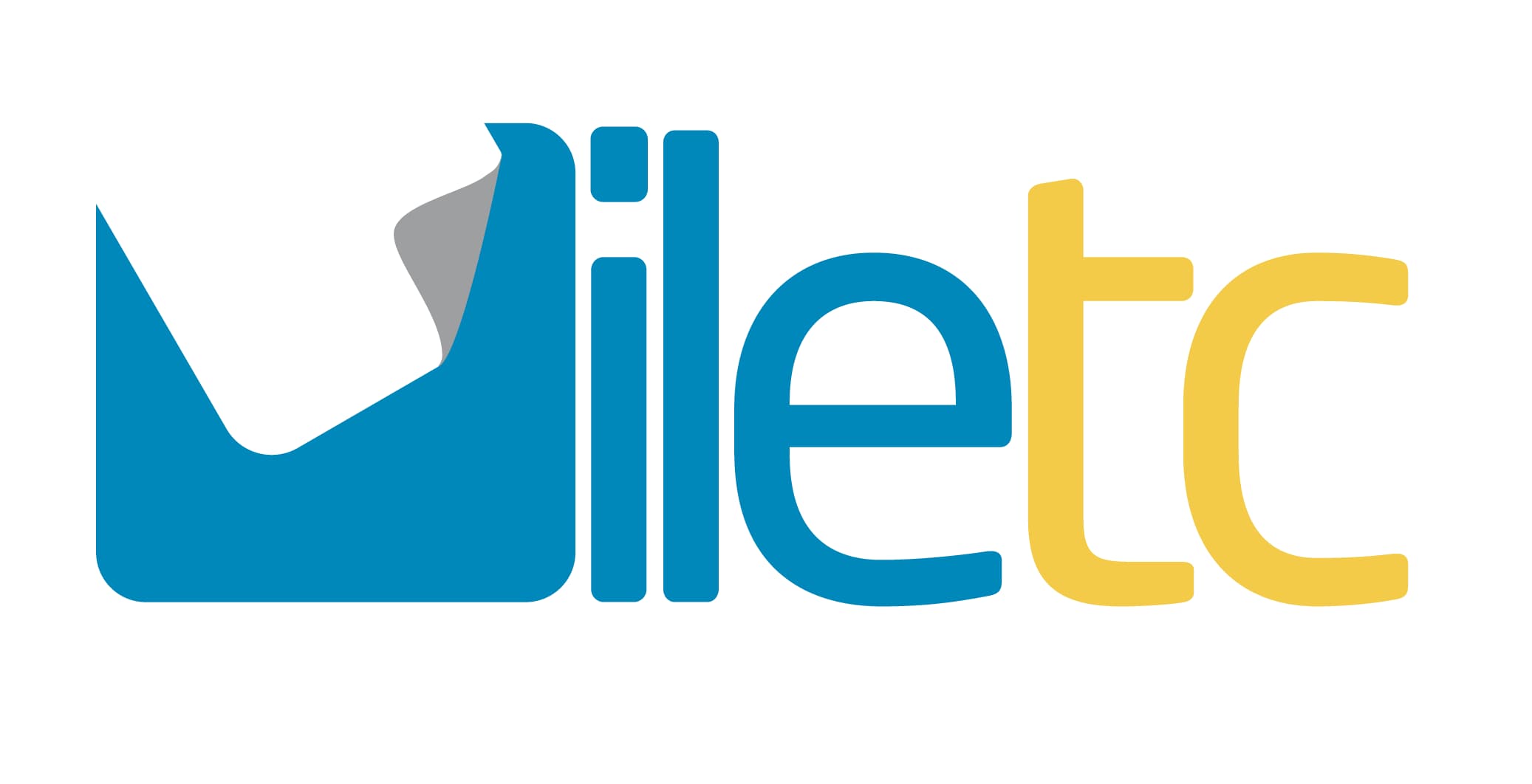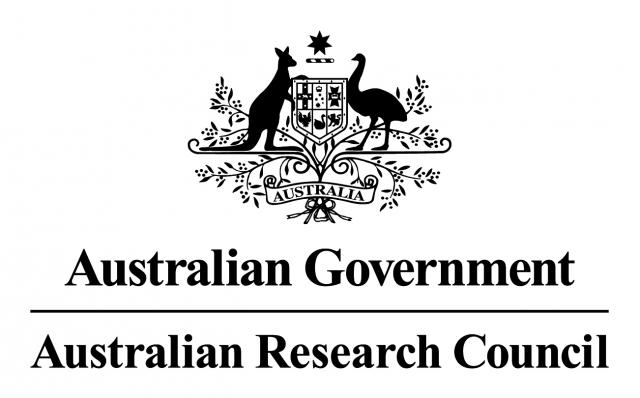

Loading...


Design practice continues to shift with a ‘social turn’ that has reimagined how we evaluate and position the process of designing. This doctoral study recognises that the socially embedded nature of design has directed research toward the social and dialogic nature of designing. A practice of co-design embedded in this doctoral research is situated within a program of collaborative research, providing an opportunity for a practice-led research project to contribute to how we might form better knowledge around the ongoing re-evaluation of design expertise.
This project within a program situates a co-design practice within complex sets of social relations emerging from within this research setting. This complexity is conceptualised through the work of eco-anthropologist Tim Ingold, who describes the relational networks of humans and objects as an intertwined and knotted ‘life of lines’ in a constant state of becoming. An inquiry into becoming with the research engages the design researcher in a state of methodological disorientation—a mode this study identifies as transformative learning.
Becoming is evidenced in how design practice shifts through the method of joining, adapted from Participant Observation. This research argues that joining enables the designer to learn within the disorientation of data analysis. Joining is developed through speculative experimentation into methodological disorientation, as antecedent design expertise integrates emergent knowledge as an ongoing transformation of design practice. Joining creates analytical frameworks that emerge through a speculative exploration.
This study asks: How might design join ways of being with practice-led collaborative research to shift toward ways of becoming—a mode of transformative learning? Consequently, the study examines how the researchers’ design practice shifts through collaboration. The contribution of this study is a methodological inquiry into how designing might learn through collaborative research, providing useful insights into co-designing for designers shifting toward social design practices.
The following PhD contains two texts—two narratives. The main narrative of this thesis formally
communicates the exegetical text component of this research. This ‘voice’ contains an academic register
appropriate for conveying the expectations of doctoral inquiry.
This doctoral project was made possible by the ‘Innovative Learning Environment and Teacher Change’
(ILETC) program. The ILETC program seeks to investigate the affordance of ‘ILE’s’ in Australian and
New Zealand Secondary Schools, with a focus on how Teacher’s best practice within these new learning
environments. To clarify at the outset, the ‘project’ of this PhD is situated within the ‘program’ of the ILETC.